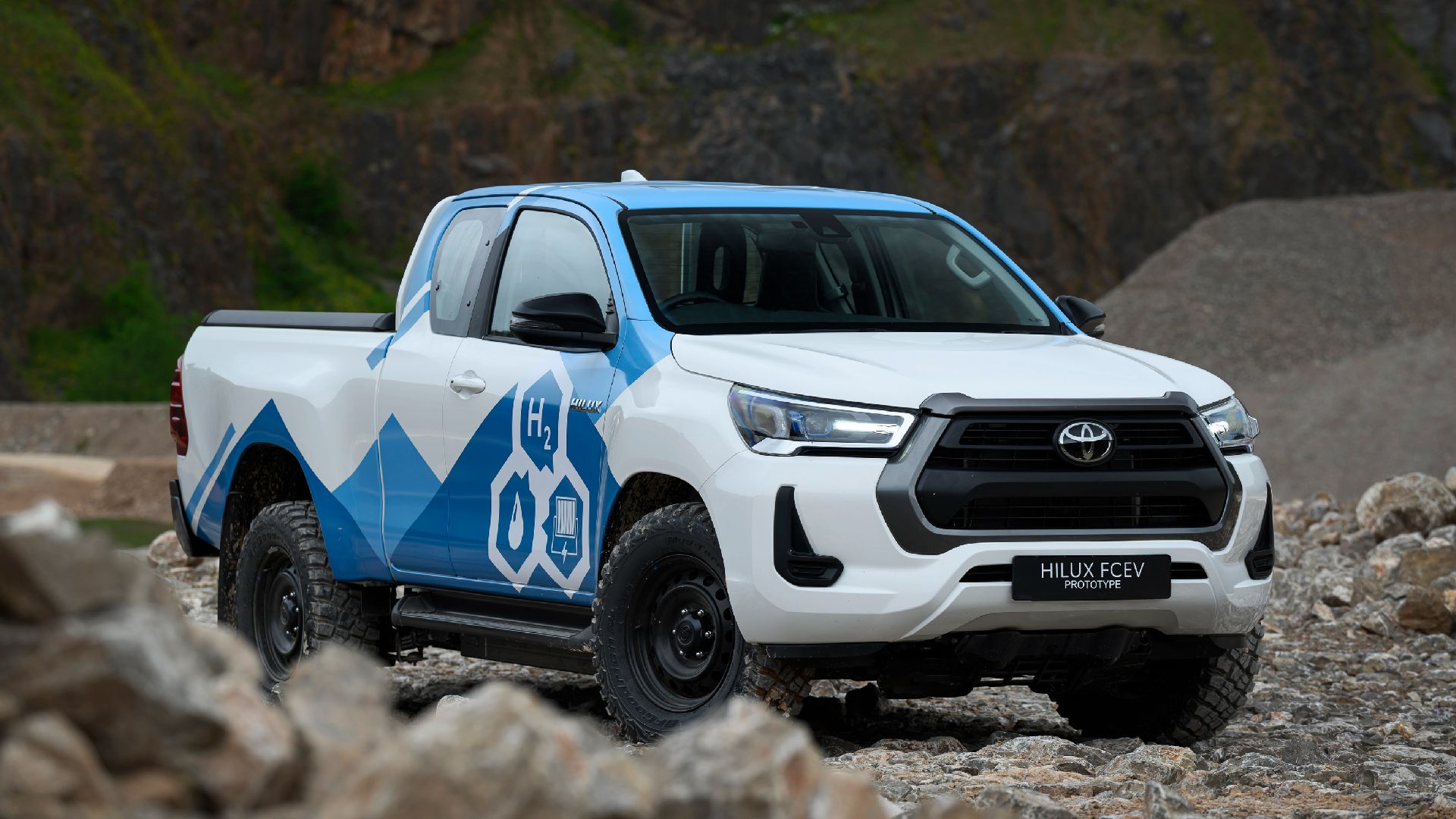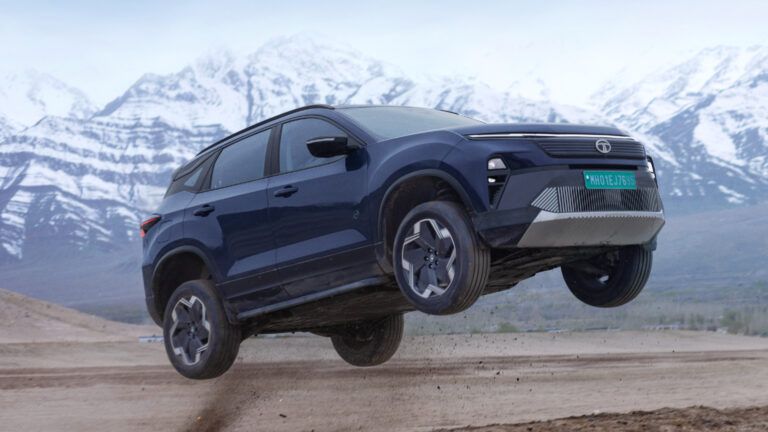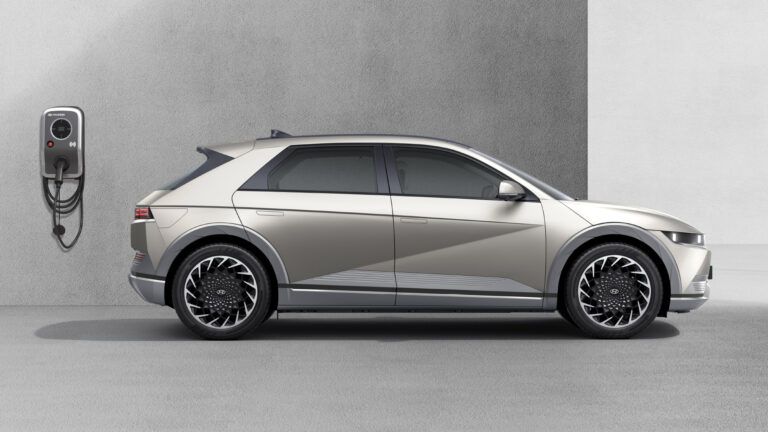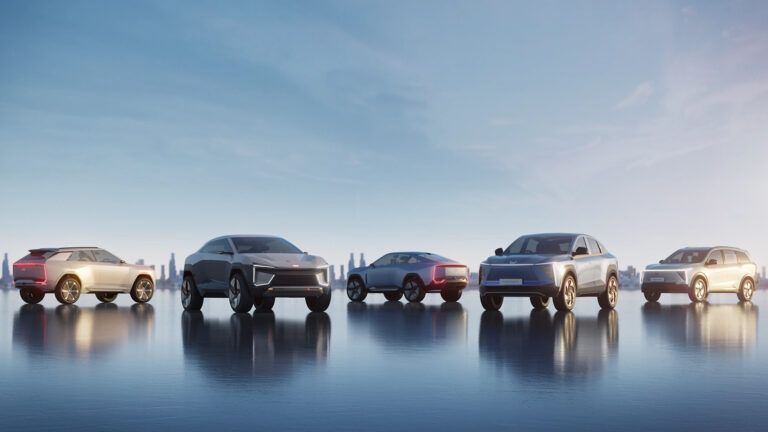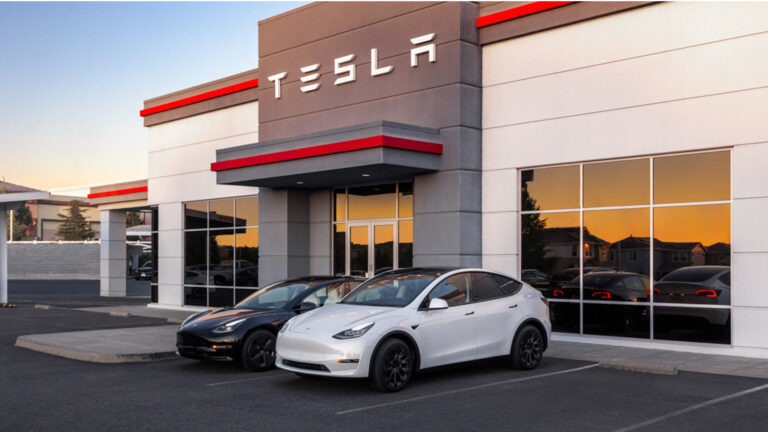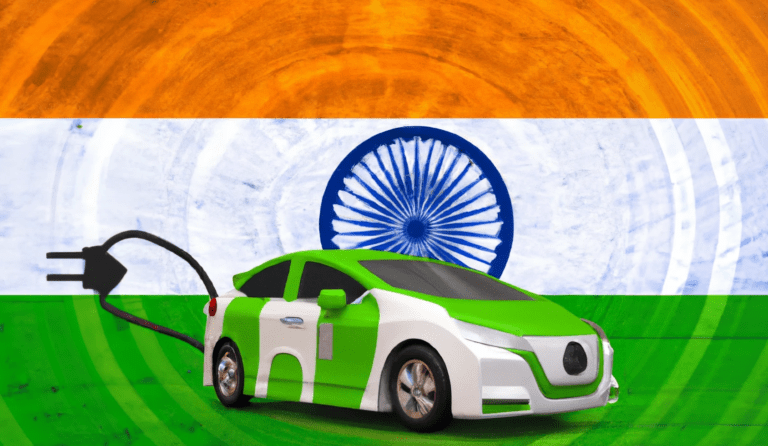The Japanese Automaker Toyota has taken one step forward towards a carbon-free future. Its initiative to build a hydrogen fuel cell Hilux pickup truck enters its last and next phase.
Toyota and its partners, with funding from the UK government, have advanced to an intensive evaluation and demonstration stage since the unveiling of the first prototype in September 2023.
The most recent milestone in this collaborative development project highlights Toyota’s multi-path strategy towards carbon neutrality. The automaker uses various powertrain options, including battery electric, fuel cell electric, hybrid electric, plug-in hybrid electric, and e-fuels, to meet the needs of users and regional infrastructure.
Toyota has completed the construction of ten fuel cell Hilux prototypes at its factory in Derby, England. Five cars are going through extensive field testing that will produce test drive data in actual driving conditions. They will evaluate safety, performance, functionality, and durability. The other five units are for media and customer demonstrations, which will also take place at the upcoming Olympic and Paralympic Games in Paris in 2024.
Toyota is setting the stage for a prosperous future in the hydrogen transportation industry by introducing customers to hydrogen fuel cell technology. By 2030, Toyota predicts that Europe will rank among the major markets for hydrogen fuel cells due to consistent expansion in applications for power generation and mobility.
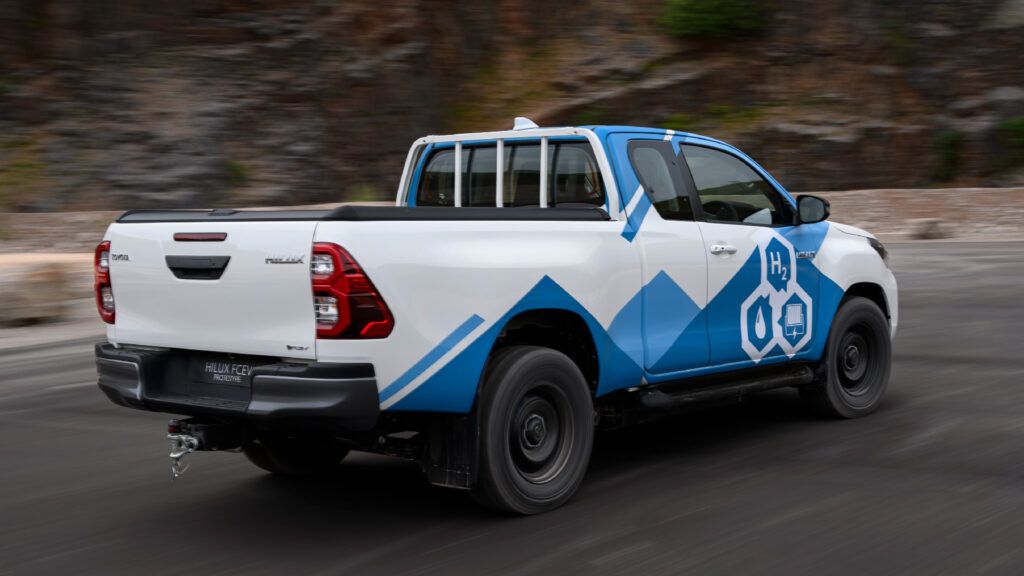
Vehicle Profile
The fuel cell Hilux is 5325 mm long, 1855 mm wide, and 1810 mm tall in extra-cab configuration.
With fuel cell technology, the Hilux can travel farther than a battery-electric vehicle, with an estimated driving range of up to 600 km. When compared to other zero-emission options, hydrogen’s light weight allows for a better payload and towing capacity.
Three high-pressure fuel tanks, each holding 2.6 kg of hydrogen, provide a total system capacity of 7.8 kg for hydrogen storage.
The stack of 330 polymer electrolyte fuel cells is above the front axle. The fuel cell Hilux has rear-wheel drive thanks to an e-motor on the back axle that can produce a maximum torque of 300 Nm and a maximum power of 134 kW (182 DIN hp). When driving, the fuel cell emits nothing but pure water from its tailpipe.
In the backload deck, above the hydrogen tanks, is a lithium-ion hybrid battery that stores the energy generated by the fuel cell. By doing this, no cabin room is lost.
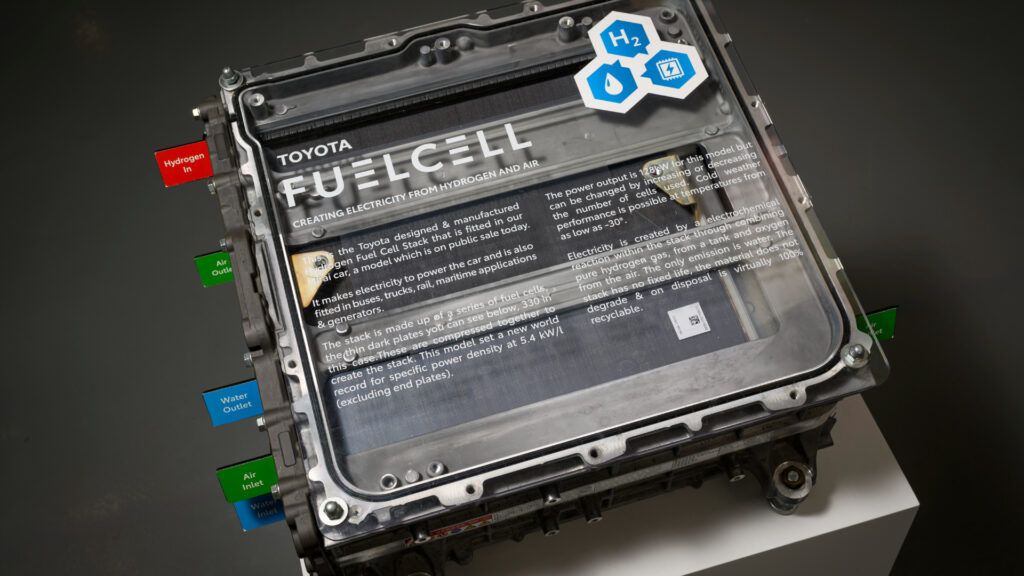
Toyota’s hydrogen fuel cell development
Building on its extensive experience, Toyota is developing its next-generation hydrogen fuel cell.
Toyota has continued to refine the technology since 1992, and in 2015 the Mirai became the world’s first mass-produced hydrogen fuel cell sedan, using Toyota’s first-generation fuel cells. Five years later, a new Mirai introduced the second generation of fuel cells, which extended the driving range by 30% to around 650 km.
To expand the potential of hydrogen beyond cars, Toyota has repackaged its fuel cells into a compact modular form. The main components – the fuel cell stack and components that handle air supply, hydrogen supply, cooling, and power control – are integrated in a compact shape, which can be easily adapted into various products and applications.
The modules are available in a box or a flat, rectangular format to allow greater flexibility and easier adaptation into new applications.
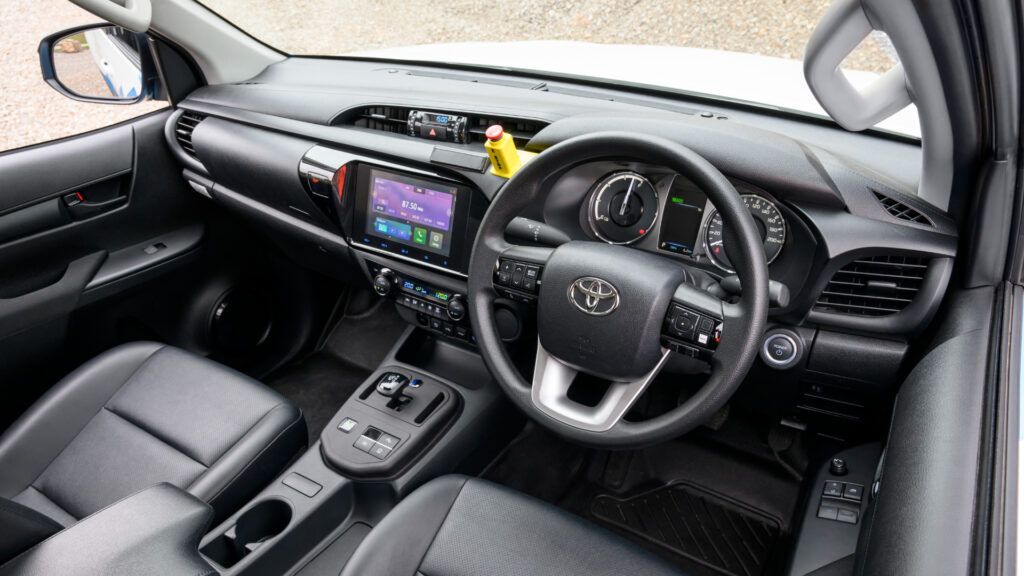
A key element of Toyota’s plan for an expansion in hydrogen usage is the new, third-generation fuel cell technology currently under development, with sales scheduled for 2026-27. These units will deliver a higher power density and an expected 20% increase in driving range. Technical advances and increased production volumes can help to reduce costs by more than a third.
Further research is also looking at the potential of scalable fuel cell stacks with different power outputs and the design of fuel tanks with complex shapes, compatible with different size vehicles.

